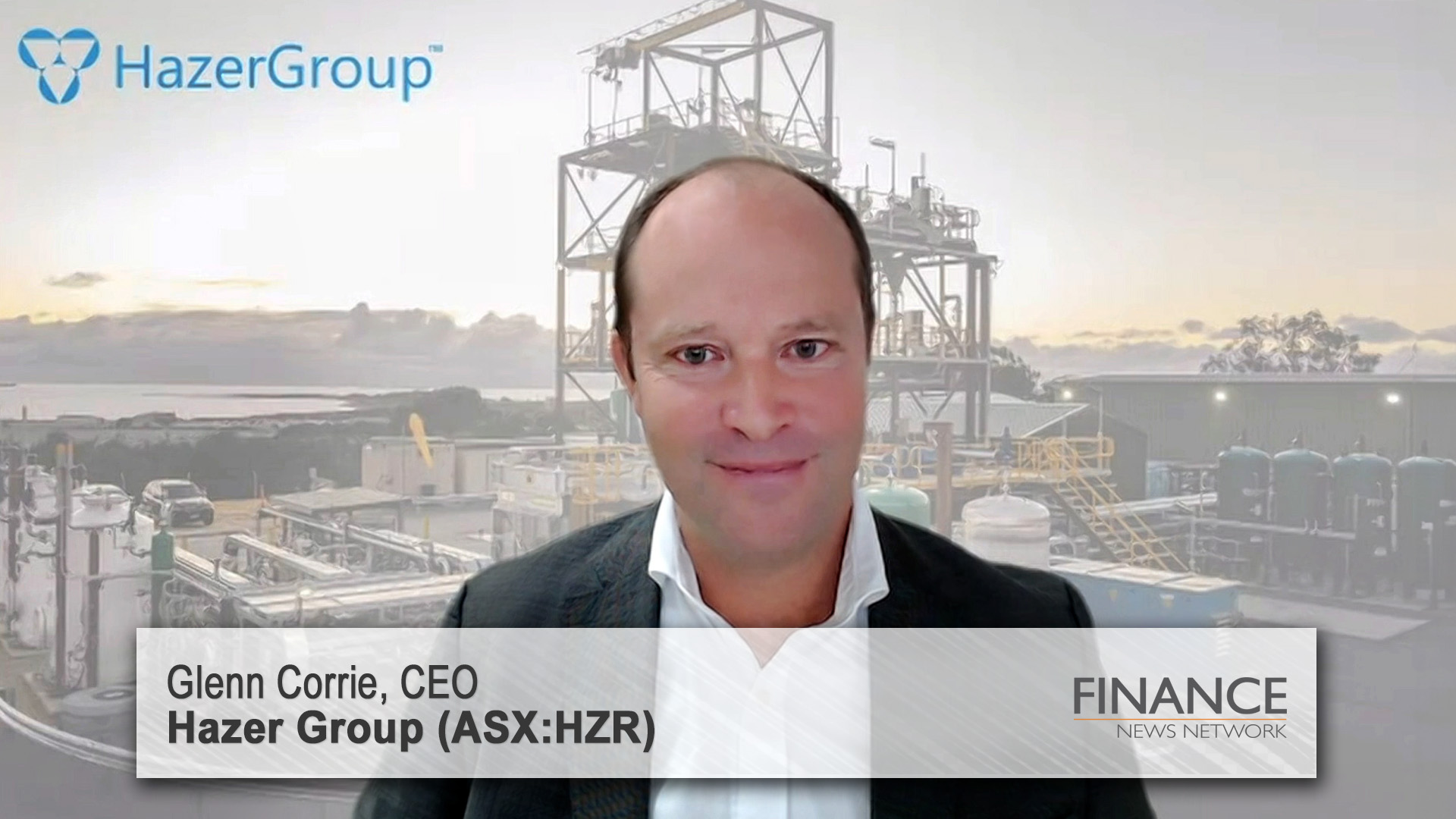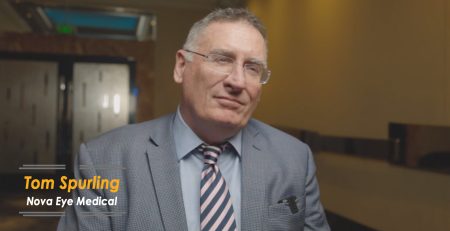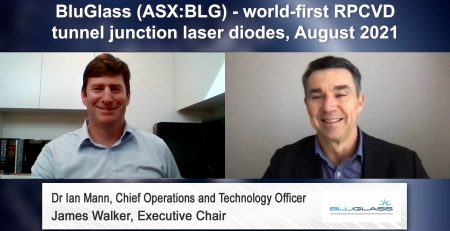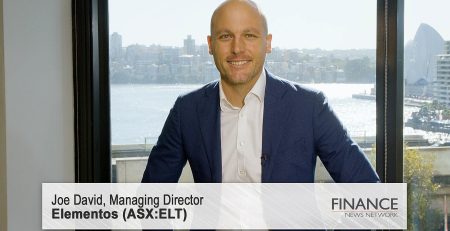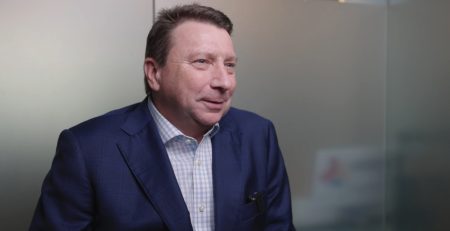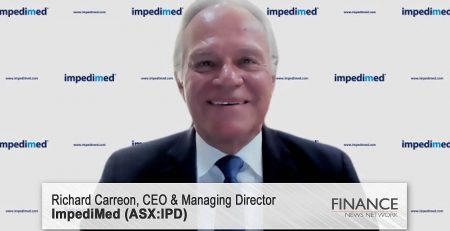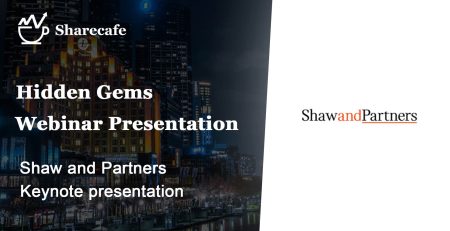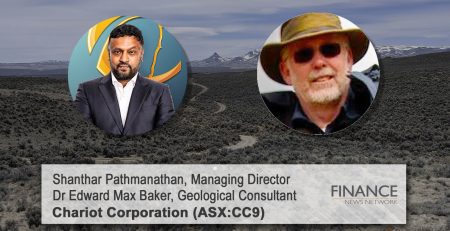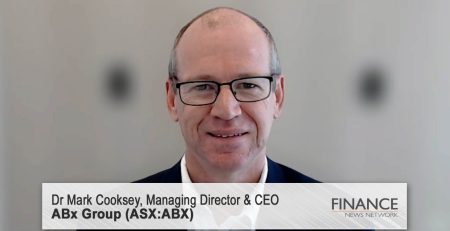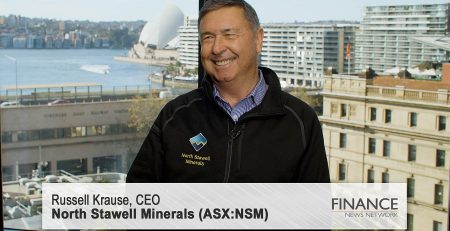Pioneering low-emission hydrogen and graphite production with Hazer Group
Manny Anton: Hello, I'm Manny Anton for the Finance News Network, and today I'm talking with Hazer Group. Hazer Group is trading under the ASX code HZR and has a market capitalization of approximately 108 million. Hazer is a pioneering technology development company undertaking the commercialization of the Hazer process, a lower emission hydrogen and graphite production process. The Hazer process enables the effective conversion of natural gas and similar feedstocks into hydrogen and high quality graphite, using iron ore as a process catalyst. Joining us today is Hazer Group CEO, Glenn Corrie. Glenn, welcome back to the Network.
Glenn Corrie: Thanks, Manny. Great to be here.
Manny Anton: Okay, so Glenn, since we last caught up for a chat, the company has continued to move forward, and you have in fact recently announced a pretty material agreement. Last week you announced the signing of an MoU with one of the world's largest steel producers, POSCO. Could you share with us the details of this MoU and what are the implications for Hazer?
Glenn Corrie: Certainly, Manny. Look, it's a really important deal for a number of reasons. It's a big partner. It's a big industry with a big problem. That's how I'd explain it. Effectively, POSCO is a $20 billion US company. It's about three and a half to four times the size of BlueScope Steel. So you can see the scale of the company. Steelmaking, as you've said, they are the sixth-largest steelmaker in the world. They operate two of the world's largest steelmaking facilities, Pohang and Gwangyang in Korea. So very large facilities which we've visited. Effectively they are moving towards green steel. And so we're very excited to be partnering up with them to provide a technology that will supply them with clean hydrogen to effectively decarbonize their steelmaking process.
Most people are already aware that steelmaking is responsible for about 8% of the world's greenhouse gas emissions. So it's a big problem that needs solving. We're very excited about working with one of the largest in the industry and supporting their decarbonization plans.
We're going to build a facility. The initial phase is going to be around about 3000 tons per annum, but the vision for this could be significant. As I said, they're one of the largest. It could be up to 200,000 tons per annum of clean hydrogen. So we've got a real staircase to growth with a really tier one partner that's doing great things for decarbonizing one of the most important industries in the world today.
Manny Anton: Okay, great. And exciting times. That's a fantastic announcement. Hazer has long recognized the steelmaking industry as a primary strategic and commercial focus for the Hazer process. Could you elaborate on why this industry was targeted, and more importantly, what potential opportunities still exist within that particular industry?
Glenn Corrie: Yeah, very good. So, you're right, our technology has beautiful synergies with steelmaking. We take natural gas and we split natural gas into pure hydrogen and carbon in the form of graphite, but we use iron ore as a catalyst. So if you think about the overall industry, we touch a lot of aspects of it. There's probably up to seven applications for graphite in the steelmaking process, not just in the blast furnace, but also in the new DRI and the electric arc furnace process. So there's real applications for graphite across that, and I think the numbers are pretty astonishing. The graphite or the carbon market in steel is about 800 million tons per annum. So a big market for graphite. And hydrogen, of course, is the new fuel that's going to effectively substitute coking coal with a clean fuel that will be acting as the reductant for iron ore. So both aspects and products from the Hazer process are going to be effectively applied into steelmaking.
So it makes us a beautiful fit into the overall steelmaking process, be it the blast furnace or be it the DRI and the electric arc furnace, and add on top of that, the use of iron ore as a catalyst is again another synergy for our technology in the overall process.
So we've had it on our radar screens for a number of years. We've been talking with POSCO now for at least two years. We're delighted to be able to convert that into a real partnership where we can effectively apply our technology to the green steelmaking or the low carbon steelmaking process.
Outside of POSCI, we're talking with a bunch of other steelmaking manufacturers around the world that see the same benefits in Hazer technology as POSCO do. So watch this space. There's an exciting development for Hazer technology in this really important sector.
Manny Anton: Okay. It sounds like we can expect a fair bit of news to come on that front with other steelmaking or potential steelmaking clients. So I imagine we'll be seeing that over the coming months and years. That'd be about correct, wouldn't it?
Glenn Corrie: I just think watch this space, Manny. I think not just steelmaking. Hazer technology is really coming to the fore, frankly. We've got our commercial demonstration plant you'll see in the background here. That's now operating in Australia in WA. We are getting a multiplication of interest in our technology now that we've successfully scaled it up five times. Steelmaking, petrochemicals, refining, ammonia, all of those industries that are really difficult to electrify and plug into the wall that need hydrogen to effectively provide the clean energy to operate without the carbon emissions. Our unique disruptive technology is really becoming more relevant now that we've got our technology scaled up successfully to the commercial level where we can now deploy it with customers in the market.
Manny Anton: Okay. I mean, I was going to ask you, so beyond steelmaking, what other industries has Hazer identified as prime targets for the Hazer process? You've touched on some of those, but if you can just revisit what those prime targets are, what those other industries are, and what drove those selections specifically?
Glenn Corrie: Well, so today's hydrogen market's massive, and it's used… 60% of it today is refining desulfurizing crude oil. 40% of it's ammonia production. Immediately, there's the markets that we can be disruptive with. All of that hydrogen today is produced with a process that emits huge amounts of CO2. So our ability to disrupt that technology with an immediate option to substitute that out on a low cost basis with zero carbon emissions in greenhouse gases is groundbreaking. And that's what Hazer's focused on. Outside of those two industries, like I say, steelmaking, cement, petrochemicals. On the carbon and the graphite side, water purification, energy storage, which is becoming a really important sector.
We've got a demand for the tech that's really growing. We've got something in the order of 20 to 30 commercial conversations going. We've got four announced projects. It only takes 10 of them to make this a billion dollar platform, Manny. So we're on a pathway here to become what I'd call the public unicorn of the hydrogen technology space. We're the only listed pure play hydrogen technology venture in the world. A lot of them private. We offer investors the opportunity to invest into a proxy to play the hydrogen space on a low cost disruptive and immediate basis.
Manny Anton: Yep, you certainly do. And I was going to touch just quickly on clients. Now, you've obviously signed the MoU with POSCO, which is, as we've mentioned, one of the largest steelmaking companies in the world. You've also forged relationships with other tier one clients. Could you provide an insight into these partnerships and their current status?
Glenn Corrie: Absolutely. So outside of POSCO, we have signed deals with a very large utility in Canada, North America called FortisBC. The way I like to explain them is think about Origin, but times it by two. So they're a large gas energy utility that's decarbonizing the British Columbia state of Canada.
In Europe, we've partnered up with a very reputable name, ENGIE, who are doing global projects. Again, they're a very large European utility. We're working on a project to decarbonizing, refining there in the Northwest of France. Closer to home in Asia in
Japan, we've got POSCO, as I've mentioned, but also in Japan, we've got a partnership with Chubu Electric and Chiyoda. Chubu Electric are the world's largest LNG importer, alongside Tokyo Electric. So we're very excited there to be building a project of up to 10,000 tons per annum to effectively provide hydrogen into effectively a gas-fired power station. And the graphite will be used for bitumen and asphalt. So it's a pure sequestration of carbon and a carbon-neutral process for the Nagoya area.
So that's the four projects that we're working on. They're all on a slightly different timeline, but the one that's the most immediate is the one in Canada. We recently signed effectively a binding term sheet with them for the license arrangement. So you can see that now we're starting to see and get the visibility for the commercialization of our technology.
Manny Anton: Yep. Okay. And you mentioned licensing there. Just to wrap it up, so that everybody is clear and the investors are clear, the model that you have in mind for Hazer here is very much a licensing model, so you won't be building anything here. This is a licensing model that you'll be rolling out, correct?
Glenn Corrie: Absolutely. The building's been done. $105 million has been injected into developing the technology. The capital's being spent. We're a small team that will license our technology to industry and partners. That's what we call a CapEx light model. It accelerates our access to free cash flow and not, of course, being exposed to capital projects that often go up in price and get slower as they mature. So we're a really unique business model where investors can see line of sight to early free cash flow as we start to effectively start licensing the technology partner. So exposing ourselves to almost zero capital.
Manny Anton: Okay. Well, Glenn, thank you for your time today. That was great, and we look forward to getting you back soon for another update. Sounds like there's going to be a lot happening.
Glenn Corrie: Watch this space, Manny. We'll be back soon. Thank you.
Manny Anton: All right Glenn. See you later.
Ends
Copyright 2024 – Finance News Network
Source: Finance News Network

